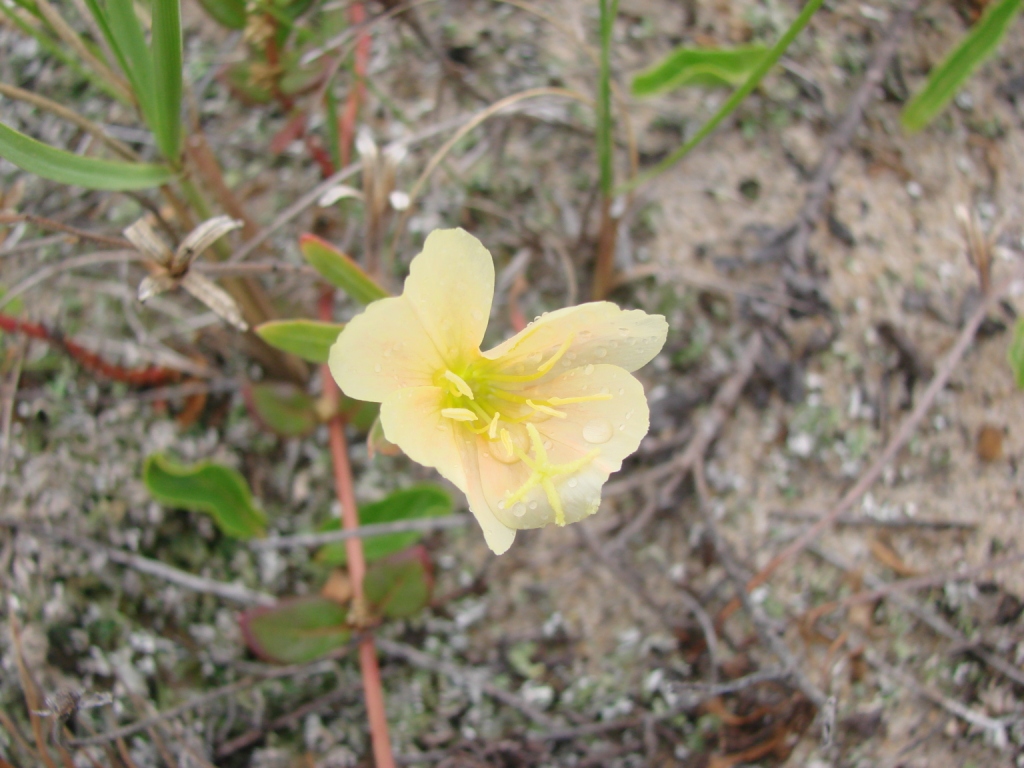Sundrops
(Oenothera fruticosa fruticosa)

Description
Oenothera fruticosa fruticosa, commonly known as sundrops or narrowleaf evening-primrose, is a perennial plant that belongs to the family Onagraceae. It is native to North America, where it can be found in a wide range of habitats including prairies, savannas, meadows, and woodland edges. In this article, we will explore the different aspects of this plant, from its physical characteristics to its growing requirements, and its uses in traditional medicine. Physical Characteristics Sundrops is a low-growing plant that typically reaches a height of 1 to 2 feet (30 to 60 cm). It has a basal rosette of leaves that are lance-shaped and toothed. The stem is usually simple or branching and is covered with fine hairs. The flowers are bright yellow and bloom from late spring to early summer. Each flower is about 1 to 2 inches (2.5 to 5 cm) in diameter, with four petals that are arranged in a cross shape. The flowers open in the evening and close in the morning, giving them the common name "evening-primrose." The plant produces a capsule-like fruit that contains many tiny seeds. Growing Requirements Sundrops is an easy-to-grow plant that thrives in full sun to partial shade. It prefers well-drained soil that is rich in organic matter. The plant is drought-tolerant once established and can withstand periods of dry weather. It is hardy in USDA zones 4 to 9, making it suitable for a wide range of growing conditions. Sundrops can be propagated from seed, division, or stem cuttings. Uses in Traditional Medicine Sundrops has a long history of use in traditional medicine. The plant contains several biologically active compounds, including flavonoids, phenolic acids, and fatty acids, that are believed to have medicinal properties. In traditional medicine, sundrops has been used to treat a variety of ailments, including respiratory infections, skin conditions, and digestive problems. One of the active compounds found in sundrops is gamma-linolenic acid (GLA), an essential fatty acid that is important for maintaining healthy skin and reducing inflammation. GLA has been shown to have anti-inflammatory and anti-allergic properties, and it is often used as a dietary supplement for the treatment of eczema, psoriasis, and other skin conditions. Sundrops also contains phenolic acids, which are known for their antioxidant and anti-inflammatory properties. These compounds have been shown to protect against a variety of chronic diseases, including cancer, cardiovascular disease, and neurodegenerative disorders. In addition to its medicinal uses, sundrops is also used as a food source for wildlife. The seeds are eaten by birds and small mammals, while the nectar-rich flowers attract a variety of pollinators, including bees and butterflies. Conclusion Oenothera fruticosa fruticosa, or sundrops, is a versatile and attractive perennial plant that is easy to grow and has a variety of uses. With its bright yellow flowers and low-maintenance requirements, it is an excellent choice for adding color and texture to a garden or natural area. Its medicinal properties make it a valuable plant in traditional medicine, while its role as a food source for wildlife adds to its ecological value. Whether you are a gardener, herbalist, or wildlife enthusiast, sundrops is a plant that is worth knowing and growing.
Taxonomic tree:







